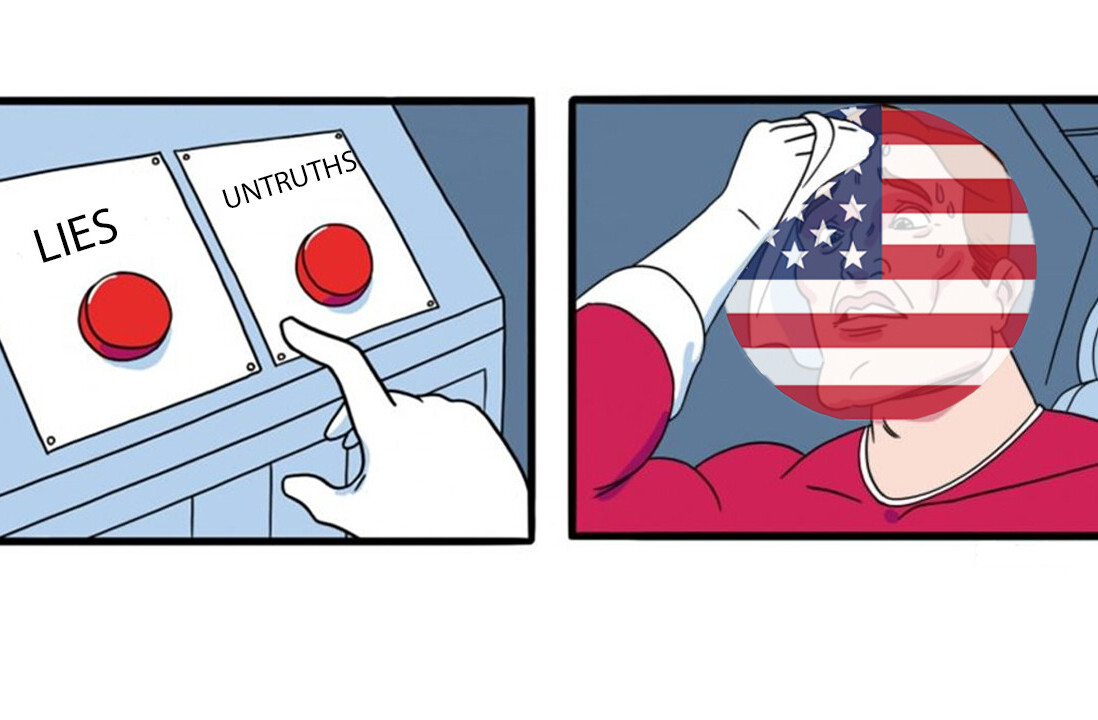
The “dark web” – a collection of heavily encrypted websites, forums and social networks – notoriously provides spaces for illegal activities. It’s where child sexual offenders meet to support each other and share indecent images and advice on abuse techniques – with near-complete anonymity. This provides a resource for individuals to learn the “skills” to become more dangerous offenders.
In response, some law enforcement agencies deploy undercover officers to enter these spaces posing as offenders to gather intelligence. But we don’t hear much about these communities. When it comes to online child abuse, it is largely stories of online grooming that dominate the press. As part of my recent PhD research, however, I offer an insight into dark web communities of sexual offenders by analysing their language.
Interactions between offenders have a devastating impact on victims. We need to understand them better, especially if this helps police to disrupt offending communities. Given that the online activities are almost exclusively linguistic, a good way to do this is with language analysis. This can help us understand how an officer might “authentically” portray an offender online.
Abusive communities are governed by strict rules – for example, not giving out personal information – to preserve security. Invariably, they are made up of members with varying levels of offending experience and expertise. An interesting subgroup are those who identify as “newbies”, with little or no experience of abusing or interacting in dark web environments.
Understanding newbies can help determine offenders’ experience levels. It is the first step to tracking how offenders progress to become more experienced and prolific. It can also help undercover police to portray realistic identities. When interacting with offenders who are often extremely distrustful and keenly aware of possible police presence, posing as the newbie might in fact be the easiest way to enter an offending community.

So how do self-identifying newbies approach and attempt to join established offending communities online? To answer this, I took a look at the rhetorical moves – chunks of text with distinct communicative functions – in newbies’ initial forum posts.
Through a manual analysis of 71 posts from six child abuse forums, I found 12 different moves. Aside from typical features of instant messaging such as “greetings” and “sign offs”, some of the most common are listed below.
1. Expressing motivations. Newbies state their reasons for wanting to join the community. This involves expressing interests in specific age groups or types of indecent imagery, or hopes of finding other likeminded people to talk to.
2. Demonstrating alignment. Newbies highlight their existing alignment or affiliation with the community, its interests and ideals. This often involves stating a sexual interest in children and sharing experiences of abusing. A common strategy is “de-lurking”, whereby newbies reveal that they have been passively present in the community for a while but have now decided to participate. This allows them to demonstrate their prior exposure to the community, and their understanding of its rules and practices.
3. Expressing appreciation This group of offenders show their appreciation of individual members and the community as a whole. This is done through praise, compliments and expressions of gratitude.
4. Demonstrating newness Newbies openly refer to their newbie status. Aside from explicit statements about being new to the community, they often do this by stating that they lack offending experience. They therefore often request tolerance from the other members.
5. Demonstrating value Offenders also tend to demonstrate how they can benefit the community. For example, they may offer indecent imagery or demonstrations of specific skills or services. This may include drawing hyper-realistic indecent images.
6. Stating limitations Newbies explain how they might be unable to meet community expectations or requirements, often by stating a lack of specific skills or possession of indecent images – something they may be apologetic about.
7. Seeking support New offenders sometimes seek help or guidance about a particular problem regarding online or offline offending. Support often concerns accessing children, solving technical issues to do with sharing imagery online, and moral guidance.
Different combinations of moves suggest there’s no one “type” of newbie offender; they approach the community for a range of reasons and use different tactics in the process. A common general strategy is to assume a kind of hybrid role – the “competent newbie” – by being forthcoming about lacking offending experience and, at the same time, demonstrating an understanding of the community norms and the behaviours expected of its members. Even the self-imposed label “newbie” positions them not as outsiders looking in, but as already part of the community, albeit in a low-status role.
The anonymity afforded by the dark web naturally makes these communities difficult to police – but not impossible. Linguistic analysis of dark web spaces like this can further help unpack the communicative strategies of offenders, identify those more and less experienced and assist police in assuming offender roles online.
Online child sex abuse is diverse and complex, and linguistic insight has and will continue to help police identify and catch offenders.![]()
This article is republished from The Conversation by Emily Chiang, Research Associate, Aston Institute for Forensic Linguistics, Aston University under a Creative Commons license. Read the original article.
Get the TNW newsletter
Get the most important tech news in your inbox each week.





